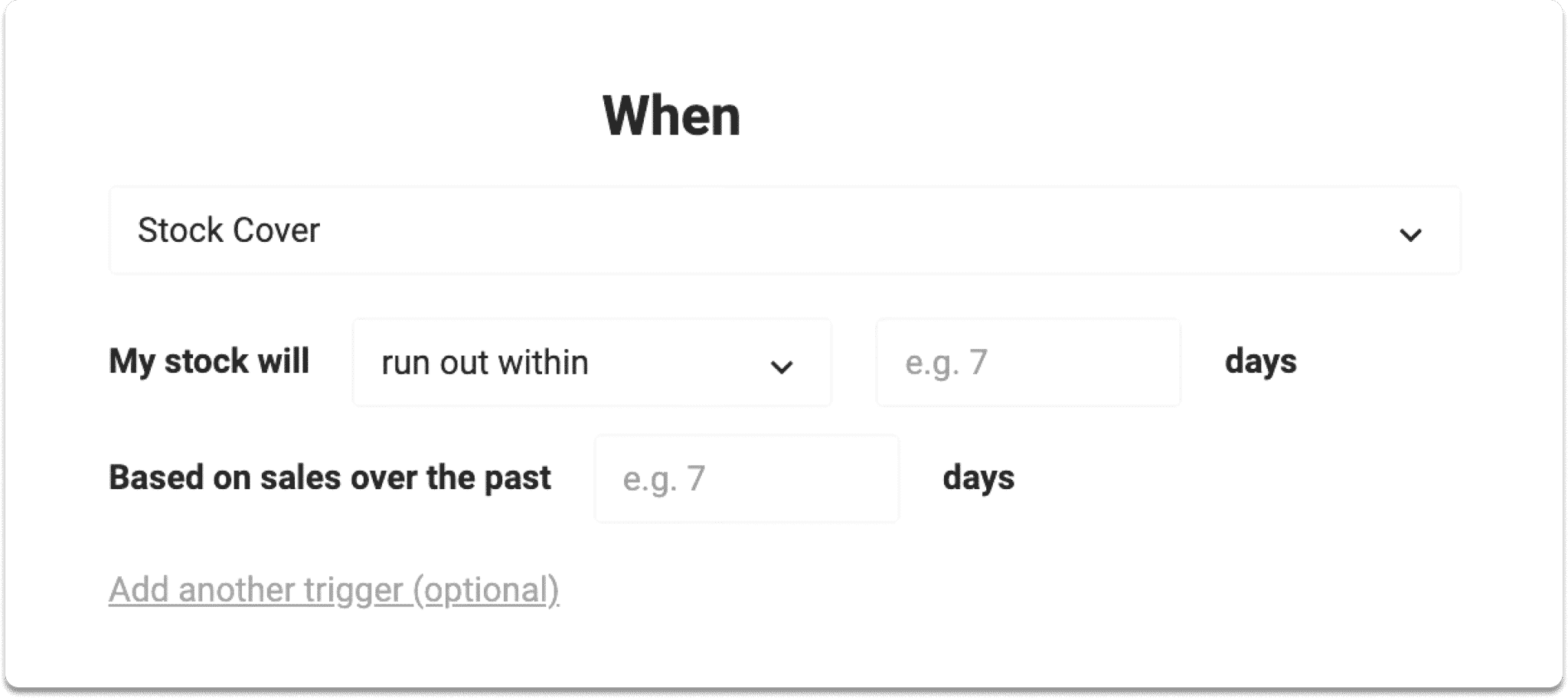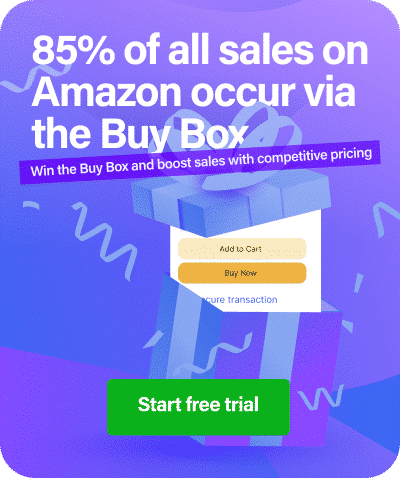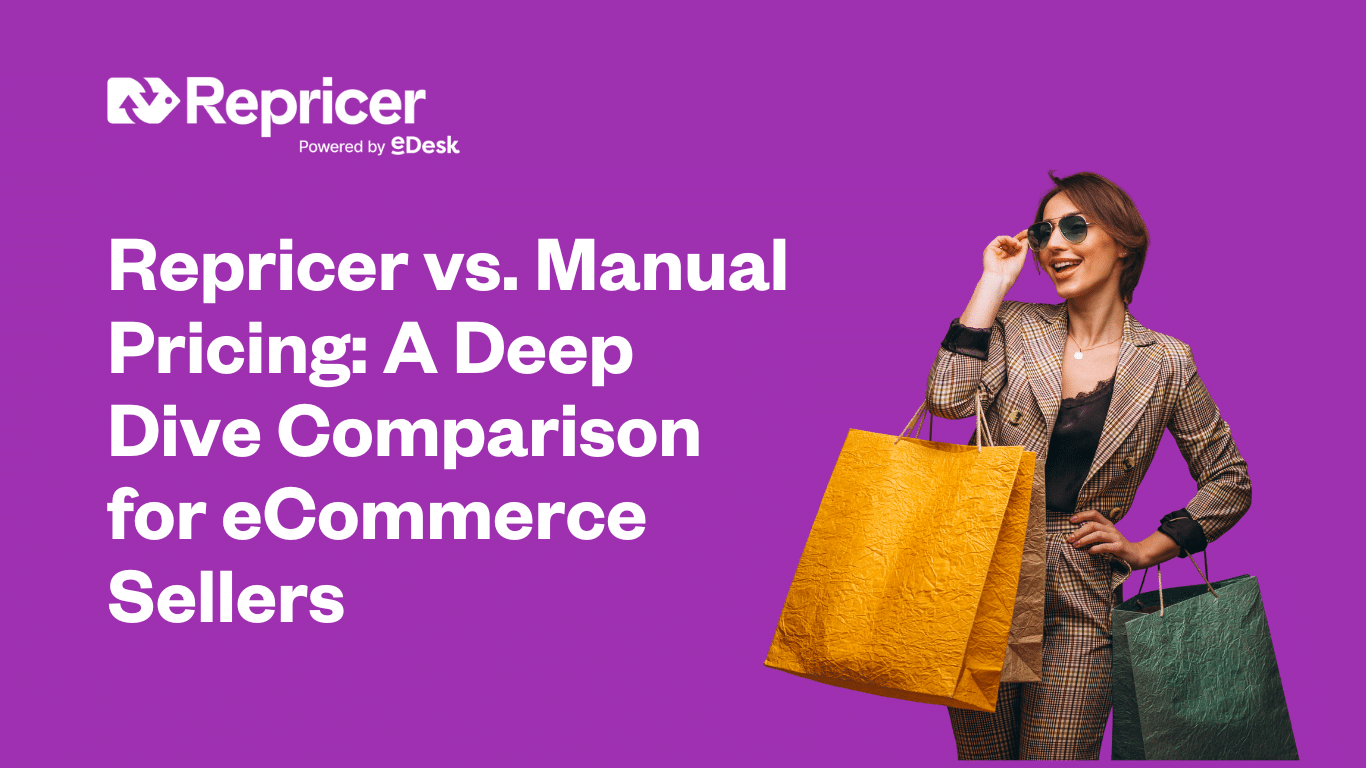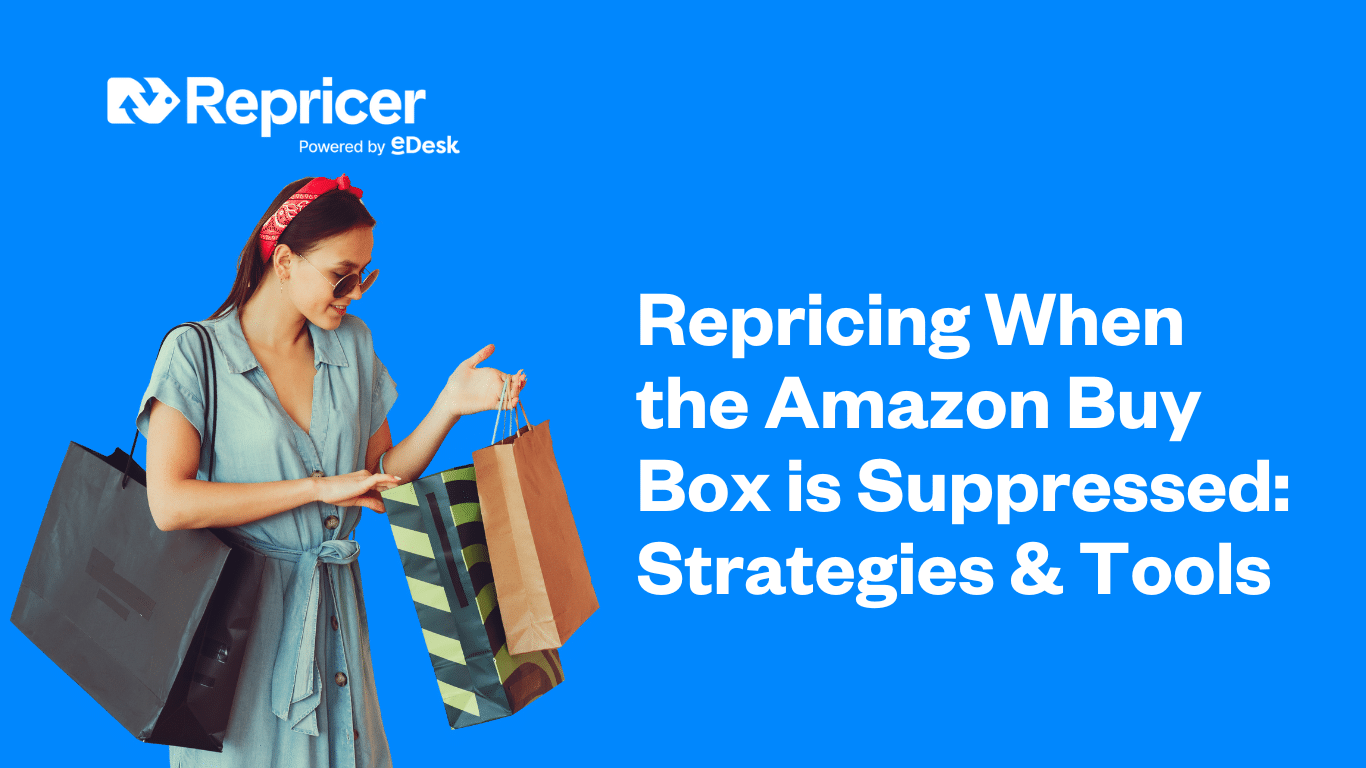Being an FBA seller requires you to effectively manage your inventory as it moves in and out of Amazon’s warehouses. This task alone requires constant attention and can be difficult to monitor 24/7.
In this article, we will explore strategies to improve and simplify the management of your Amazon inventory.
Why is Amazon Inventory Management Important?
As an Amazon FBA seller, dealing with your inventory is not simply about stocking products and selling them. There’s a dynamic process in place that requires diligence and strategic planning. Let’s take a quick look at why managing your Amazon inventory is crucial to your business.
Increased Sales Performance
Active inventory management allows you to ensure that your products are consistently available for purchase. By monitoring inventory levels, you can prevent potential stockouts, maintain a healthy supply chain, and capitalize on sales opportunities without any disruptions.
Maintaining Buy Box Eligibility
As you may well know, the Buy Box is a coveted feature on Amazon that significantly influences sales. Continuously managing inventory helps you meet Amazon’s performance metrics, such as fulfillment speed and order defect rates, which are crucial factors for Buy Box eligibility. By staying on top of your inventory, you can increase your chances of winning the Buy Box and driving more sales.
Minimizing Storage Costs
As Amazon charges fees for storing inventory in their fulfillment centers, these fees can accumulate very quickly if inventory is not managed efficiently. By keeping track of inventory levels and adjusting them based on demand, you can minimize storage costs by avoiding excess inventory storage fees and optimizing inventory turnover rates.
Preventing Stockouts and Lost Sales
Stockouts occur when inventory runs out before new stock arrives, resulting in lost sales and potential damage to your reputation. Effective inventory management helps prevent stockouts by providing insights into inventory levels and sales velocity, enabling you to reorder stock in a timely manner and meet customer demand without interruptions.
Improved Cash Flow
By avoiding overstocking and tying up capital in excess inventory, you can allocate resources more efficiently, invest in growth initiatives, and improve the overall financial performance of your business. Conversely, understocking can lead to missed sales opportunities and customer dissatisfaction.
*2024 Update: Low-Level Inventory Fee*
As of January 2024, Amazon introduced the low-level Inventory fee which is applied to your account if you frequently stock insufficient quantities of any SKU. This measure aims at ensuring that sellers maintain adequate stocks of their items, thereby preventing ‘out-of-stock’ scenarios and enhancing shoppers’ experience with more consistent availability.
6 Tips For Properly Managing Your FBA Inventory
As you can see, proficiently handling your Amazon inventory can not only enhance your business operations but also catch Amazon’s attention regarding your ability to swiftly sell and restock products. This, in turn, can boost your seller metrics, increasing your chances of winning the Buy Box over other sellers and ultimately lead to greater sales.
Here are 6 tips to help you manage and improve your inventory.
1. Aim to maintain around 60 days worth of inventory

Striving to keep approximately 60 days’ worth of inventory on hand is a recommended practice among most Amazon sellers to ensure a steady supply that covers expected sales volume.
This not only helps in steering clear of overstocking but also prevents the dreaded scenario of running out of stock. To gauge your sales volume accurately, it is advisable to utilize Amazon’s inventory reports and closely monitor your sell-through rate (the percentage of inventory that is sold within a specific period).
Additionally, it’s vital to be mindful of inventory age, as Amazon considers products with over 90 days of supply or at least one unit aged over 90 days as excess inventory. Amazon encourages products to flow in and out within a 90-day timeframe, as overstocking can have repercussions on your IPI (Inventory Performance Index) score and may result in long-term storage fees, particularly if you are using Amazon’s FBA program.
So as an example, let’s say you’ve analyzed historical sales data and market trends to see demand for your electronic accessories.
Based on this, you determine that you need to maintain a minimum of 1,000 units in stock at all times to cover 60 days of sales.
You then communicate with your supplier, who has a lead time of 30 days for producing and delivering the accessories. You will then need to negotiate with the supplier to speed up lead times by improving production schedules and shipping.
You calculate a safety stock level of 200 units to account for variability in demand and potential delays in the supply chain and so have a reorder point of 800 units, triggering a replenishment order when the inventory level drops below this threshold.
You then schedule replenishment orders with the supplier every 60 days to maintain a steady flow of inventory.
This, of course, will differ depending on which products you sell.
2. Consistent communication with your supplier is crucial

Having this strong partnership with your supplier guarantees accountability, a steady stream of supplies, the exchange of market insights, and preparation for unforeseen challenges. Furthermore, it opens doors for negotiations on favourable terms such as reorder points, minimum order quantities, or expedited turnaround times during high-demand periods.
To keep this side of the supply chain moving, it’s best to set up regular meetings, whether these are weekly or bi-weekly. These important meetings serve to keep both you and your supplier well-informed about any possible fluctuations in demand for your products, including upcoming promotions or online sales events like Prime Day or Black Friday.
3. Lower the Demand for Your Product if Running Low on Inventory
In such situations, you may often face the dilemma of maintaining your sales velocity while ensuring plenty of stock cover until replenishment. To keep revenue coming in you need to have available stock ready to ship. This is where tools like Repricer can help.
Repricer can strategically adjust your products pricing so that your pricing strategy is less competitive. Doing this may result in fewer sales and may seem counterintuitive, however it serves the critical purpose of extending your remaining inventory until new stock arrives.

By deliberately slowing down sales during a shortage, you can avoid stockouts, preventing the associated consequences such as losing the Buy Box or worse, harming your seller metrics.
4. Reduce excess inventory that isn’t selling
Excess inventory ties up capital, incurs storage costs, and poses a risk of obsolescence. By streamlining inventory levels and minimizing any excess, you can allocate resources more efficiently, reduce carrying costs, and free up working capital for other critical aspects of your business.
Offer promotions or discounts to stimulate demand for any slow-moving inventory. Yes, you may not make as much profit however it will shift inventory fast while adding to your bottom line.
Also, consider liquidating any excess inventory through clearance sales or other channels you sell on. While this may also result in lower margins, it can help free up space and capital for more profitable inventory.
5. Plan for the unexpected
This is a necessary step to take to improve your inventory management, however it can be a double-edged sword. On one hand, by maintaining a buffer stock and anticipating unexpected surges in demand such as Prime Day or if a product you sell has suddenly gone viral on social media, you need to ensure you have the supply readily available to meet customer orders swiftly, preventing any stockouts.
However, on the flip side, having excess inventory that lingers in storage can be costly. It not only ties up capital but also incurs additional storage fees, particularly if you’re using services like FBA. Striking the right balance between preparedness and overstocking is difficult, but key.
6. Use Inventory Management Software

Utilizing Inventory Management Software such as Linnworks can significantly enhance the efficiency and effectiveness of managing your inventory. It offers a range of benefits that contribute to streamlined inventory management such as:
Real-time Visibility: It provides current visibility into your stock levels, helping you stay informed about the quantity and status of each product at any given moment. This eliminates the guesswork and reduces the risk of stockouts or overstocking.
Automated Tracking: Automate various inventory-related tasks, such as updating stock levels, generating purchase orders, and managing reorder points. This saves an enormous amount of time and minimizes any human errors.
Demand Forecasting: Many inventory management tools include demand forecasting features, using historical data and trends to help you make informed decisions about stock levels and reorder quantities.
These are only a few of the key features offered by inventory management systems however they offer a wide range of additional benefits to help you effectively manage your inventory.
Final Thoughts
As you can see, effectively managing your inventory isn’t merely about reducing storage expenses; it can significantly enhance your business’s trajectory by maintaining or achieving better seller metrics, ultimately boosting sales and securing more Buy Boxes.
Managing your inventory is about being proactive and anticipating shifts in product demand, staying informed of industry changes, such as shipping disruptions, domestic or international strikes, or geopolitical tensions, which can reverberate across the supply chain.
Utilizing Repricer.com for your price management can ensure you maintain enough stock until replenishment, and is then ready to optimize for sales and profits when you’re fully restocked. Try it out today with a 14-day free trial.






